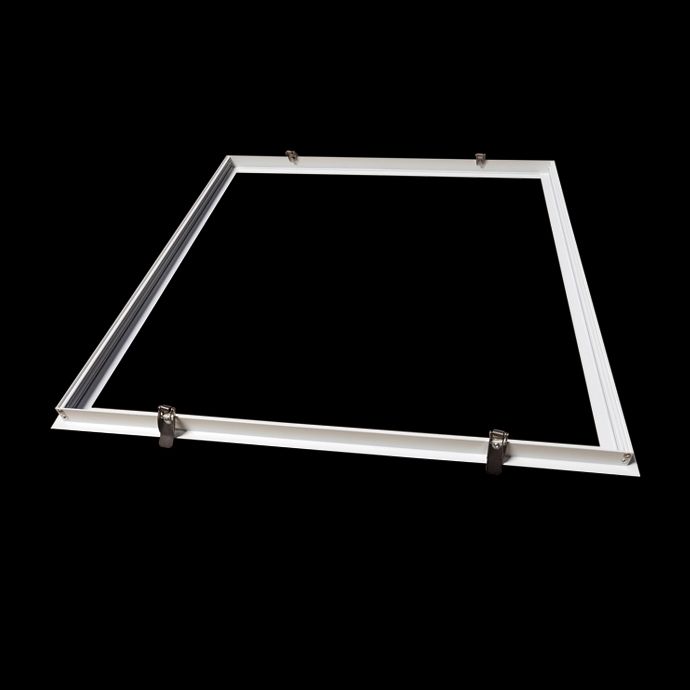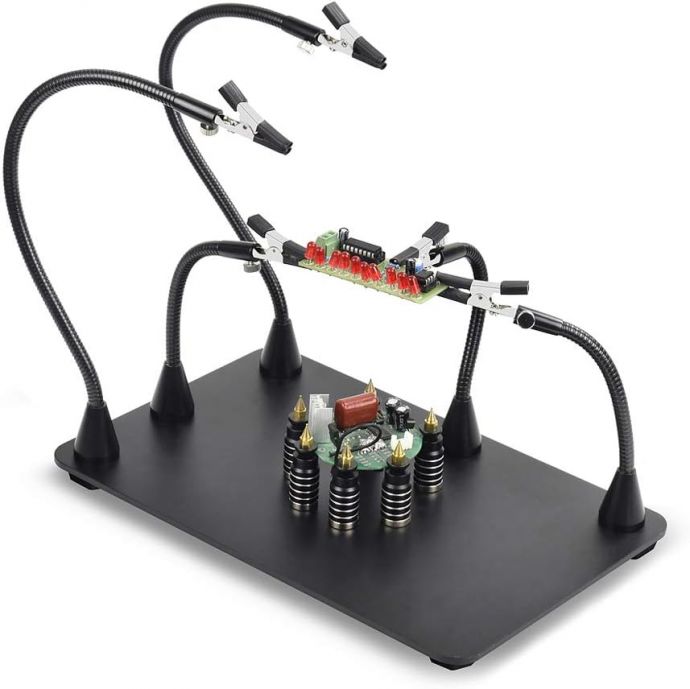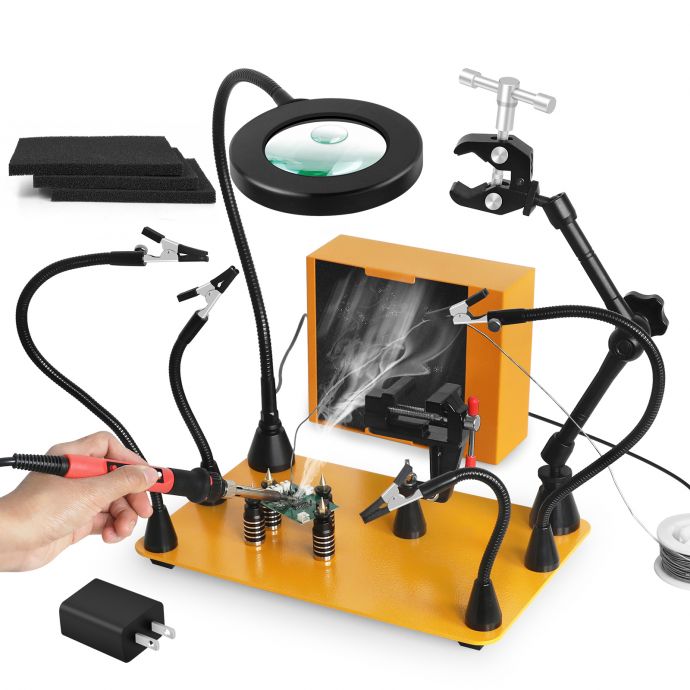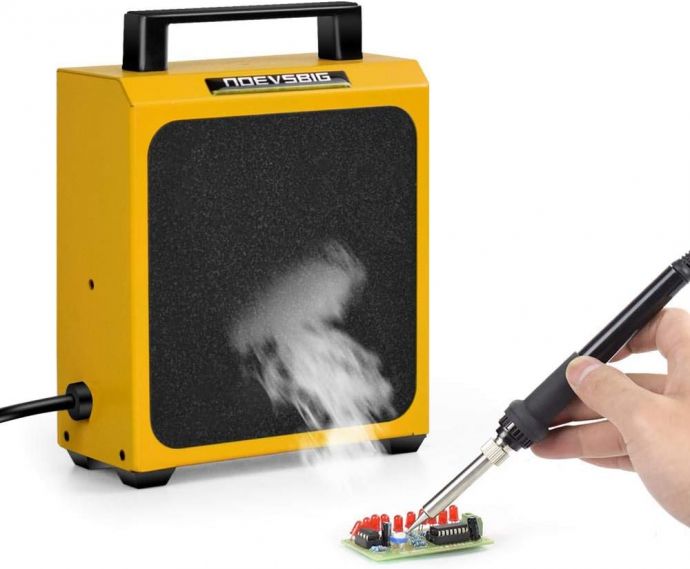In the world of electronics and DIY enthusiasts, soldering is a fundamental skill that opens the door to countless creative projects and repairs. From crafting intricate circuits to assembling custom pieces of technology, soldering is both an art and a science. However, one of the significant challenges that soldering aficionados face is dealing with the hazardous fumes that are produced during the process. This is where a well-designed fume extractor becomes indispensable, ensuring safety and comfort while you focus on creating your masterpiece.
The DIY community, known for its ingenuity and resourcefulness, often looks for cost-effective yet efficient solutions. Building your own solder fume extractor is not just a practical exercise; it’s an opportunity to customize a tool that suits your specific needs. Enter the 6.7 fan-powered solder fume extractor – a project that combines accessibility with exceptional functionality, turning your soldering space into a smoke-free sanctuary.

### Understanding the Need for a Solder Fume Extractor
Before diving into the creation of your DIY fume extractor, it's important to understand why it is necessary. Soldering fumes contain a mix of microscopic particles and potentially harmful substances such as lead, flux residues, and other volatile organic compounds. Inhaling these fumes over time can lead to respiratory issues, irritation, and other health complications. Therefore, a fume extractor is crucial for protecting your health while maintaining a productive and efficient workspace.
### Components of the Ultimate 6.7 Fan-Powered Solder Fume Extractor

Creating a solder fume extractor involves combining a few critical components to ensure effective air filtration and removal of dangerous particulates. Here’s a breakdown of what you’ll need:
1. **6.7 Fan Unit:** At the heart of your fume extractor is the 6.7-inch fan. It’s essential to select a fan that is powerful enough to capture and direct the soldering fumes away from your work area. Look for a fan with adjustable speed settings to provide flexibility in various working conditions.
2. **Activated Carbon Filter:** An activated carbon filter is crucial for absorbing harmful particles and odors. This component traps molecules from the solder fumes, leaving the air cleaner and safer for breathing.

3. **HEPA Filter (Optional):** For those who want an additional layer of filtration, incorporating a HEPA filter can capture ultrafine particles that the carbon filter might miss. This is especially beneficial for those working extensively with complex or high-volume soldering tasks.
4. **Housing Unit:** Construct a sturdy and durable frame to hold the fan and filters. Materials like acrylic, plywood, or PVC can be used based on availability and personal preference.
5. **Power Supply:** Depending on your fan's specifications, ensure you have a suitable power source, whether it’s a standard AC adapter or a USB power supply for lower voltage fans.

6. **Flexible Ducting (Optional):** If needed, flexible ducting can help redirect the captured fumes to a specific ventilation point or area in your workspace.
### Building Your Smoke-Free Sanctuary
#### Step 1: Gather Your Materials and Tools

With the components identified, gather the necessary materials and tools. Beyond the main parts, make sure you have screws, glue, a drill, a soldering iron (for this project, it’s quite fitting!), wire, and wire connectors.
#### Step 2: Assemble the Housing
Start by assembling the housing unit. Measure and cut your chosen material to size, ensuring it can securely hold the fan and filters. Drill or cut openings for the fan and ensure there is easy access for replacing filters.

#### Step 3: Install the Fan
Mount the 6.7 fan unit inside the housing using screws or brackets. Align the fan to ensure optimal air intake and manage its position for the most effective extraction of fumes from your work area.
#### Step 4: Add Filters

Place the activated carbon filter directly in front of the fan. If you're including a HEPA filter, position it before the carbon filter to capture larger particles first. Secure these filters in place, ensuring there are no gaps for unfiltered air to escape.
#### Step 5: Connect the Power Supply
Wire your fan to the chosen power supply. If your fan has multiple speed settings, incorporate any control switches that allow you to adjust its operation based on need. Test the fan to make sure it operates smoothly and efficiently.
#### Step 6: Optional Duct Installation
If using flexible ducting, connect this to the output side of the fan. Secure it carefully to avoid heat escape or air leaks. Route the ducting towards a window or an area where fumes can be safely vented outside.
### Testing and Optimization
Once assembled, it’s vital to test your fume extractor to confirm its functionality. Power up the device and perform a simulated soldering session, observing how well the fan captures and filters out the fumes. Verify that the air flow is sufficient and adjust the fan speed if necessary.
If you find any areas where fumes are escaping or the fan performance is lacking, consider repositioning the fan, checking for obstructions, or adding additional sealing around the housing unit to improve efficiency.
### Maintenance and Upkeep
Like any tool, your DIY solder fume extractor will require regular maintenance to ensure it continues to function correctly. Check the filters periodically and replace them as needed to maintain optimal air quality. Clean any debris or dust from the fan and housing as part of routine upkeep.
### Conclusion
Creating a DIY 6.7 fan-powered solder fume extractor not only addresses the practical need for a safer working environment but also embodies the spirit of DIY innovation and customization. By investing time in crafting your own fume extractor, you enhance your workspace, promote healthier practices, and gain deeper insights into the mechanics of air filtration systems.
This project underscores the importance of safety in the DIY community without compromising on performance or creativity. With your new fume extractor, you can solder confidently, knowing that your passion for electronics will be free of lingering smoke and hazardous fumes, allowing you to focus solely on achieving soldering perfection.









